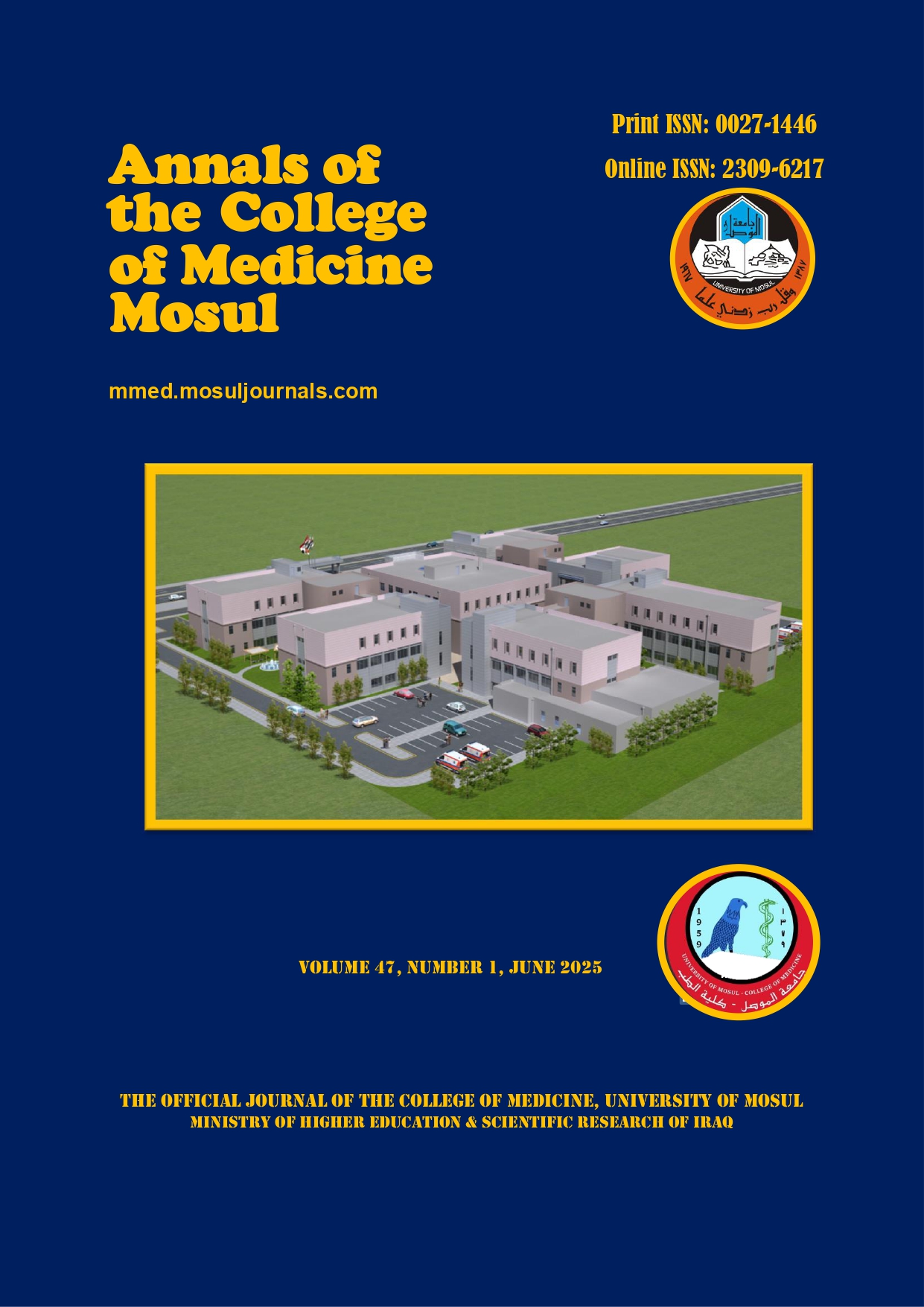Agreement between Various Length Acne-specific Quality of Life Questionnaires and Clinical Acne Assessment Scores in Adults
Abstract
Background: Various length questionnaires have been invented to assess the psychosocial impact of adult acne. However, there is still disagreement regarding the optimal number of items that ensure reliable response and clinical applicability.
Aim: to estimate the relationship and concordance between the clinical score and the different lengths of acne-specific QoL questionnaires (long 19-item Acne-QoL, mid-length 9-item AQOL, and short 5-item CADI).
Patients and Methods: This cross-sectional study includes 94 adult acne patients recruited from a teaching hospital. The patients will disclose their sociodemographic characteristics. The dermatologist used the Global Acne Grading (GAGS) to determine the severity of acne. Acne-specific self-administered quality of life questionnaire of three different lengths will be used to assess the psychosocial impact of illness.
Results: Adult acne predominantly affected women (71.3%), persisted from adolescence (69.1%), was mainly on the face (67.0%), and was mild (85.1%). The average adult acne QoL scores were (50.821.7) in long Acne-QoL, (6.2 3.4) in mid-length AQOL, and (4.502.22) in short CADI. The correlation coefficient between various length acne-specific QoL questionnaires and clinical grade was (R=-0.36) in long Acne-Qol, (R=0.25) in short CADI, and (R = 0.19) in mid-length AQOL. Bland-Altman agreement between clinical grade and mid-length AQOL yields the least bias (0.0197), moderate bias (-0.165) in long Acne-QoL, and considerable bias (-0.213) in the short CADI.
Conclusions: Mild facial acne persists beyond age 25, is particularly common in adult females, and negatively impacts patients' psychosocial lives. The 9-item AQOL was the most consistent with clinical assessment results and was the most effective instrument for assessing the impact of acne
